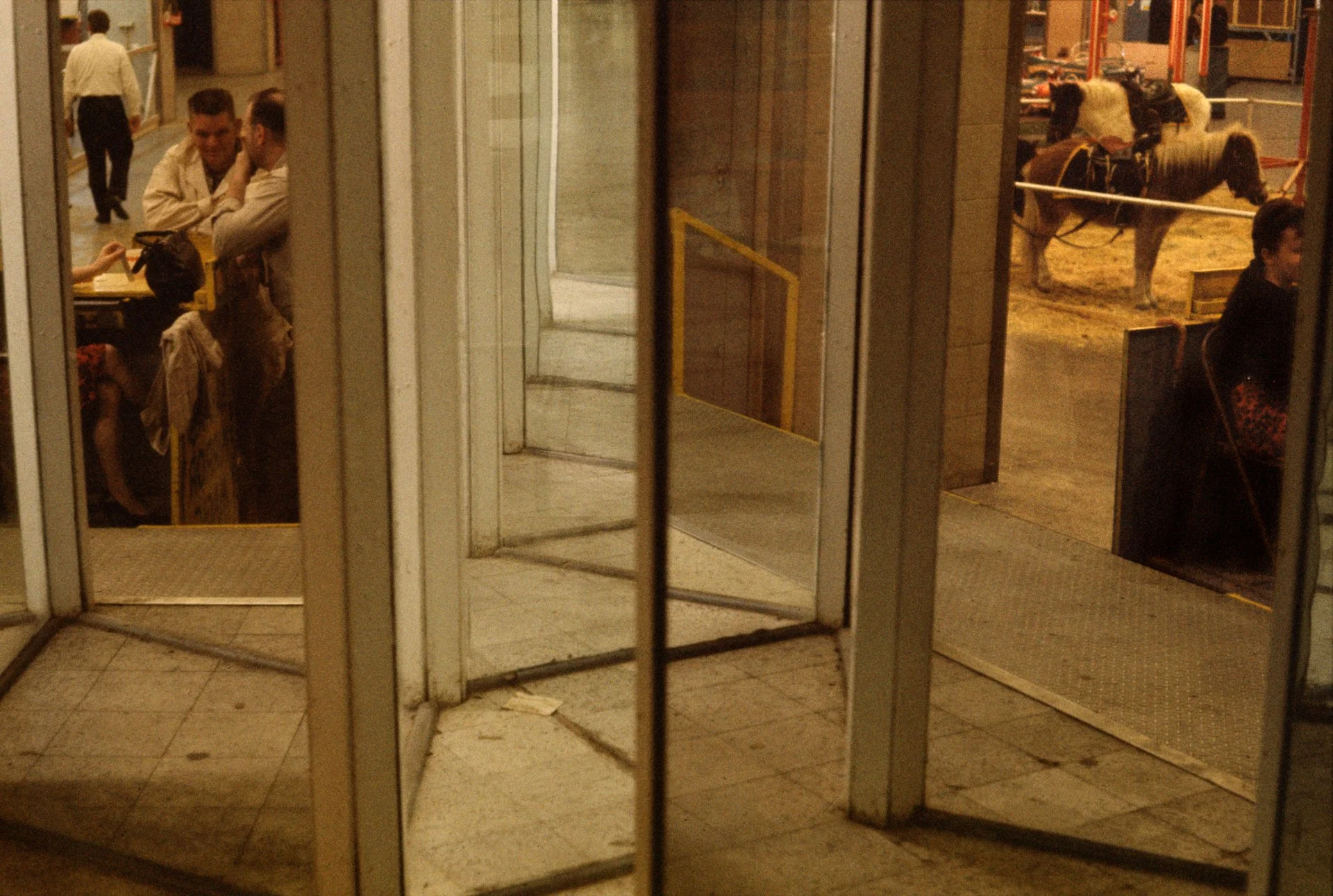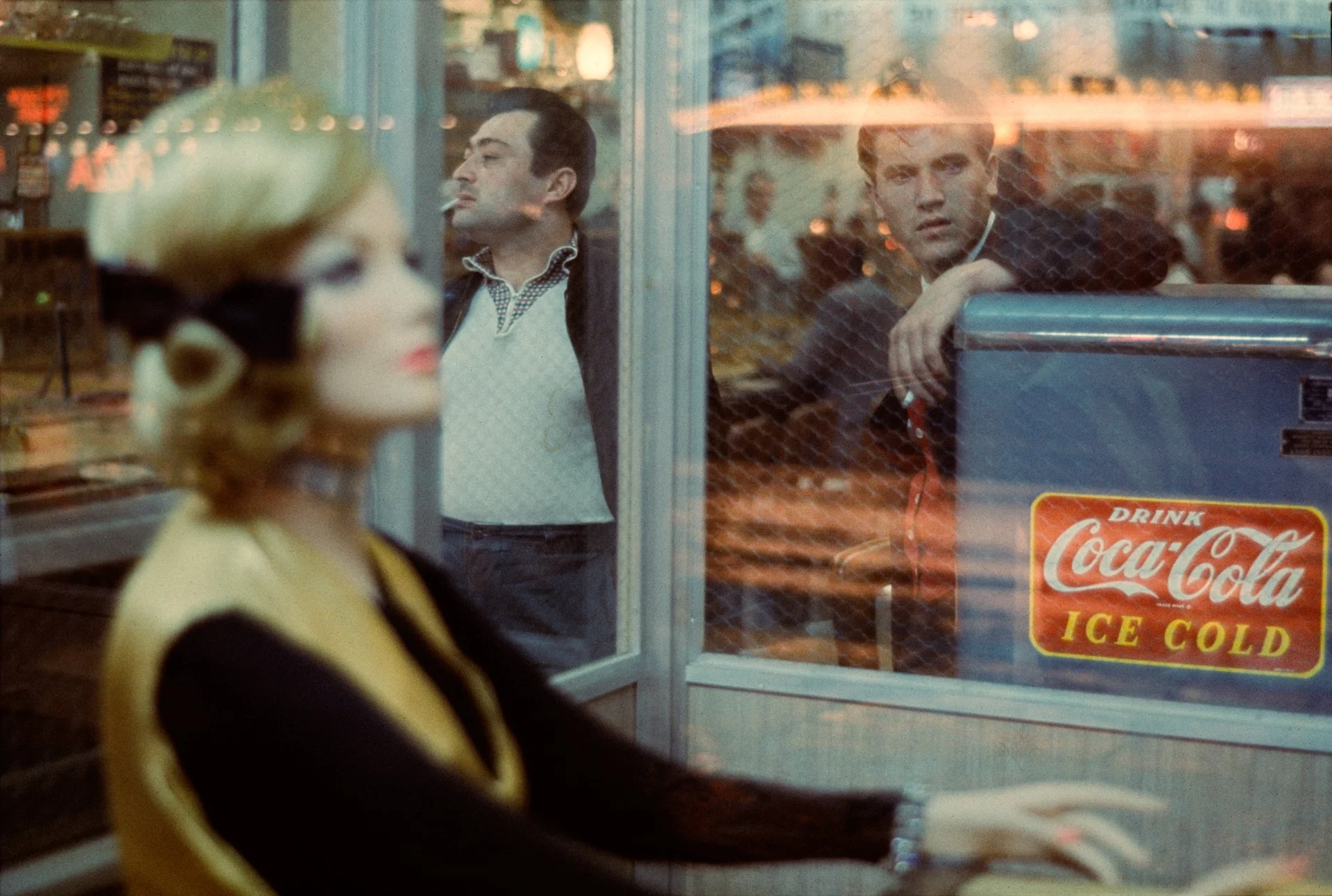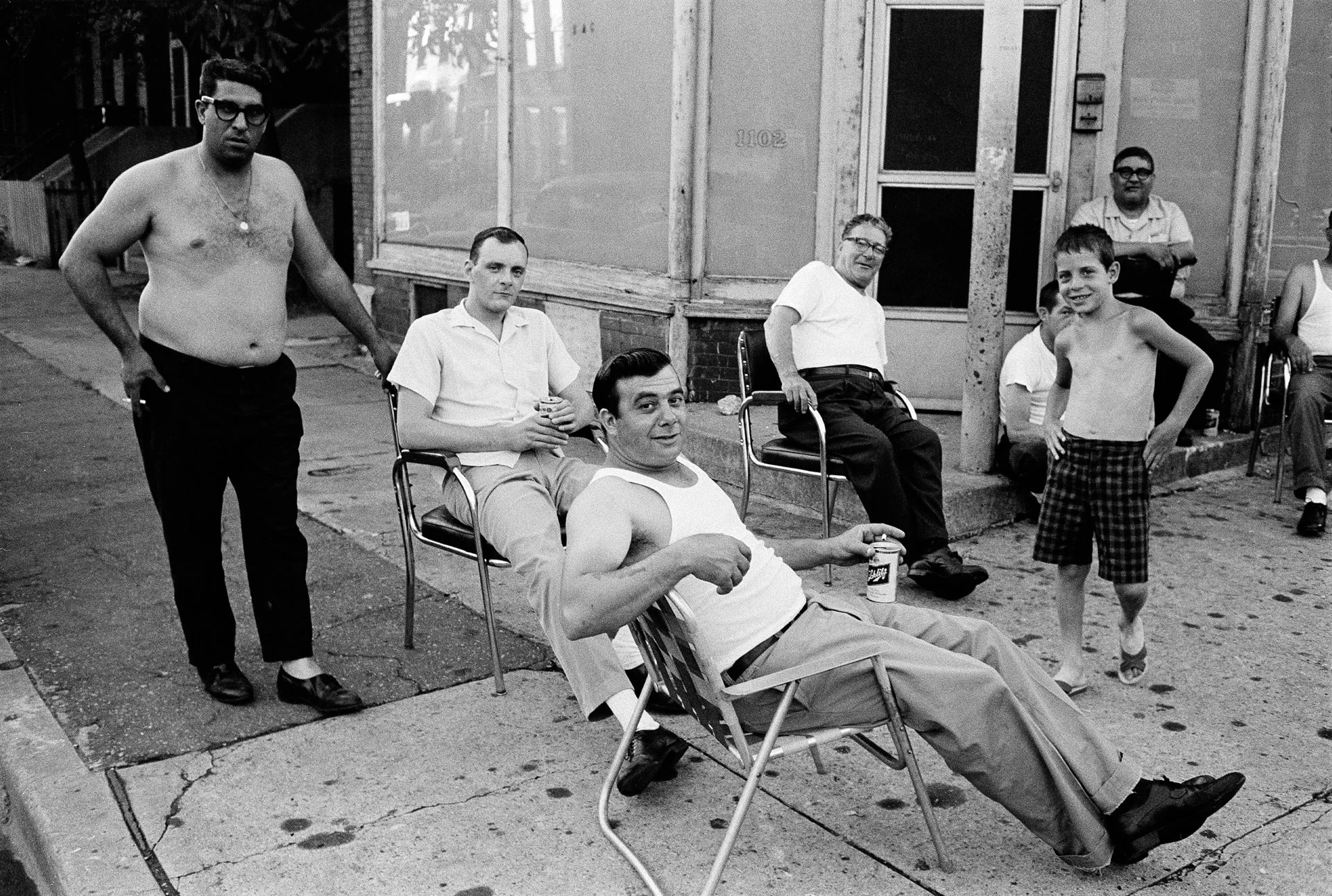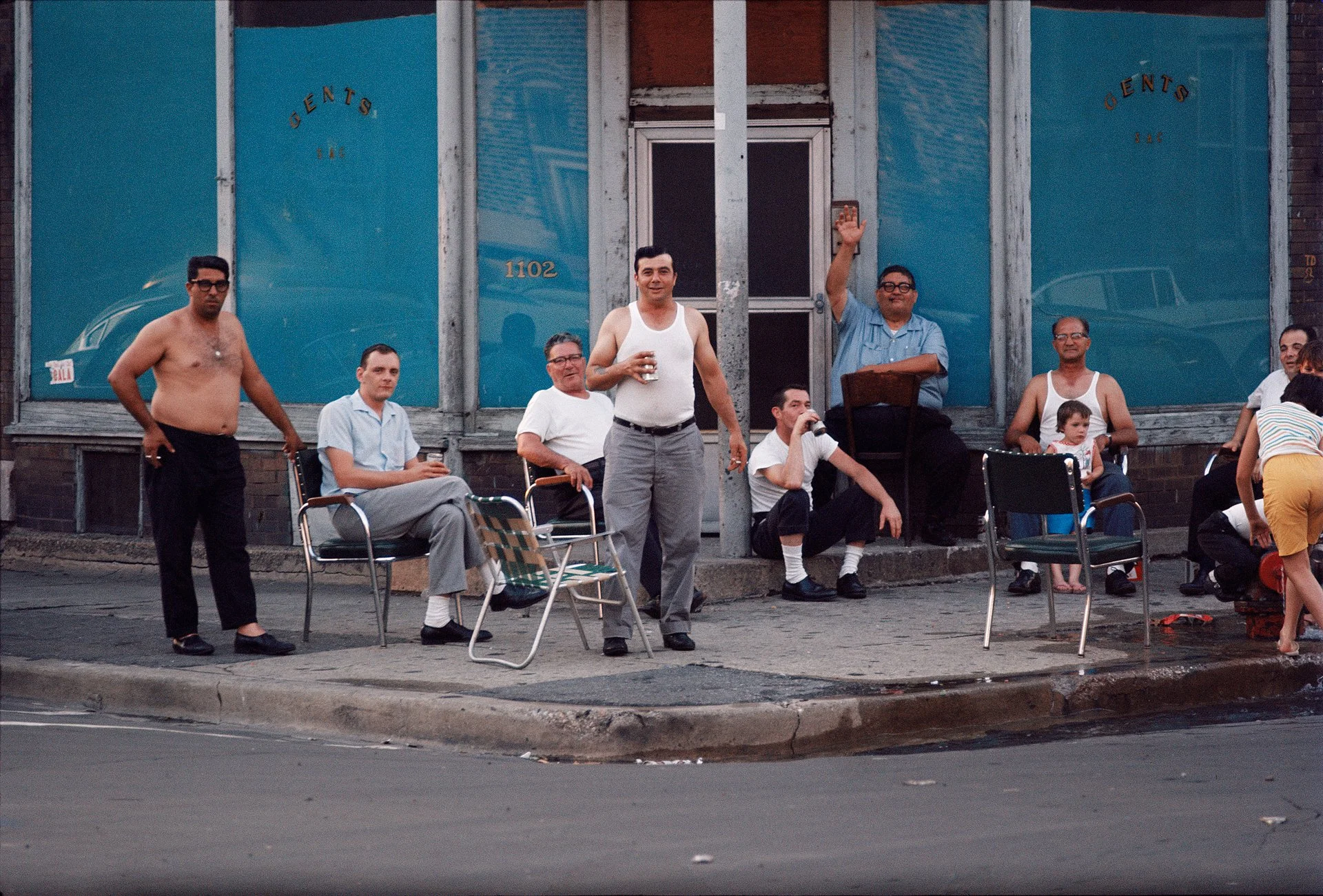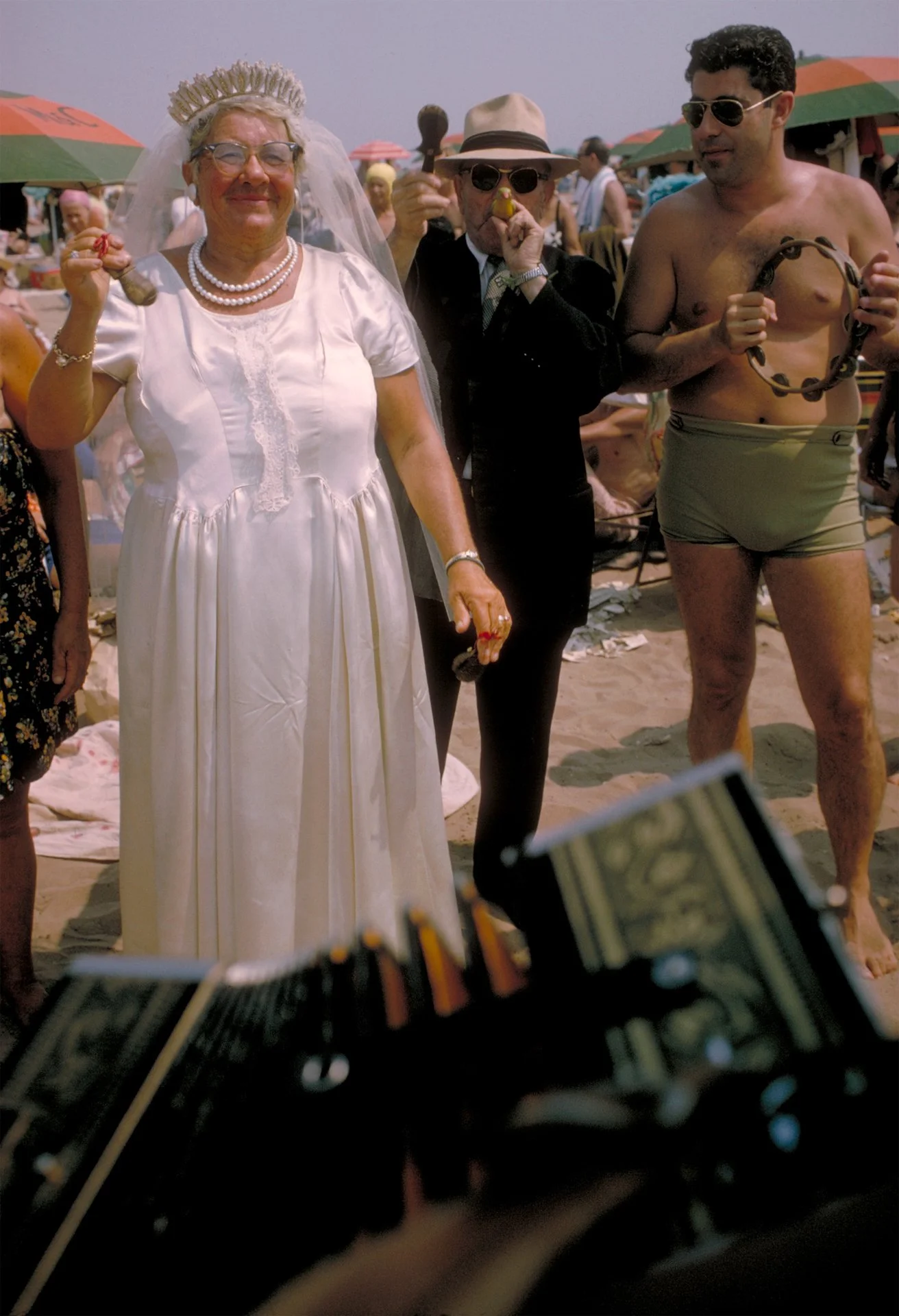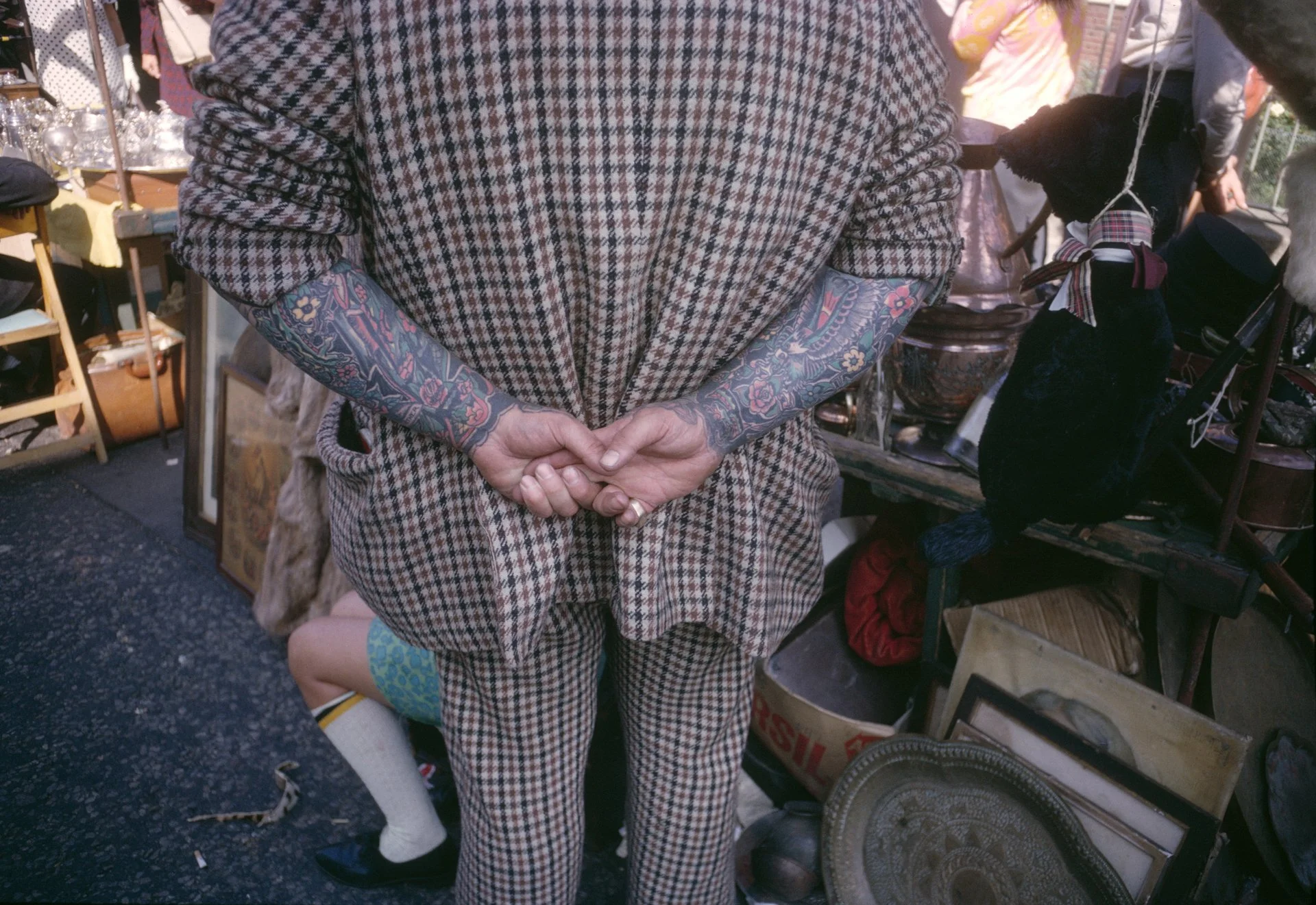Book Review: Joel Meyerowitz: A Question of Color
© Joel Meyerowitz
Written by Madeline Lerner
Photo Edited by Kelly Woodyard
Joel Meyerowitz’s life-long exploration of color photography began with one simple question: “Whaddya want—color or black and white?” As an emerging photographer in the 1960s, choosing between color and black and white film didn’t seem like a decision that would have profound implications. However, during that era, color photography wasn't widely embraced as a fine art practice; such recognition was predominantly reserved for black and white photography. In Joel Meyerowitz’s new book, A Question of Color, we trace how he experimented with the differing perceptions of color and black and white. With the help of his masterful work, color found its way into the fine art scene
© Joel Meyerowitz
Meyerowitz’s work with color centers around something John Szarkowski— a curator whom Meyerowitz deeply admires— said: a photograph is purely a description of what lies in front of the lens. For Meyerowitz, this meant that black and white photography can sometimes inhibit the camera’s ability to completely describe what’s in front of it. “Do I want to work in this reductive method, or do I want the full expressiveness of the world I walk through and that I perceive and read with my entire body and all my senses?” (55). Meyerowitz describes color almost like it’s a gateway into using the six senses. Color can tell the viewer so much more about what is happening, adding a visceral quality to the act of observing and absorbing everything in one’s surroundings. In the context of photography, color introduces an additional dimension— enhancing what the camera captures by finding the nuanced details and emotions inherent in the visual narrative.
© Joel Meyerowitz
In the early sixties, Meyerowitz embarked on an experiment: he would take two cameras— one with color film and the other with black and white— and would photograph whatever he deemed interesting. He would then present them side-by-side, as done in this book. It serves as an experiment both for him as a photographer to test his eye, but also for us as the viewer as a beautiful art piece that leads us to contemplate what is so different about the two photographs. Seeing the black and white version of the color photograph next to the color version is slightly startling. The scene is usually filled with colors that one would never have imagined the black and white photographer saw. Seen next to the color photograph, it seems pallid— like it’s missing something.
© Joel Meyerowitz
New York and other dense, urban environments serve as frequent subjects of Meyerowitz’s photos. To him, the diversity— of people, styles, attitudes, etc.— as well as an overall fast, ever-changing energy makes cities a perfect subject. However, as he says, the ability to freeze the right frame in such a bustling environment requires a certain familiarity with the city— an intuition and awareness of the many layers of energies; an ability to predict the unpredictable. In a set of images of picnic-goers in Central Park, the color image and black and white illustrate the rapid transformations a scene in New York can undergo. At first glance, they seem pretty similar, but at a closer look, it is clear that the people in the background have completely changed, and the two picnickers in the foreground have shifted slightly. Color plays an especially important role in enriching fleeting moments captured in urban photography, infusing them with an additional dimension that requires your consciousness to decipher their nuances. Set next to the black and white photograph, the yellow pants worn by the two picnickers stand out amidst otherwise muted tones, revealing why they potentially caught Meyerowitz’s eye as visually interesting.
© Joel Meyerowitz
Finding the artistic value of color expanded not only what could be seen directly in a photograph, but also what was appreciated. In a black and white image, the background becomes a spectrum of grays, potentially diminishing the information and impact of the background subject. In contrast, as Meyerowitz said, “In a color picture the background is just as important as everything in the foreground.”
© Joel Meyerowitz
A Question of Color challenges our notions of what makes a great photograph. It not only tells an important history of the practice as an art form, but also teaches us about our own prejudices. Joel Meyerowitz's influence is unquestionable, and we owe the widespread acceptance of color in contemporary photography to his incredible talent.
© Joel Meyerowitz



